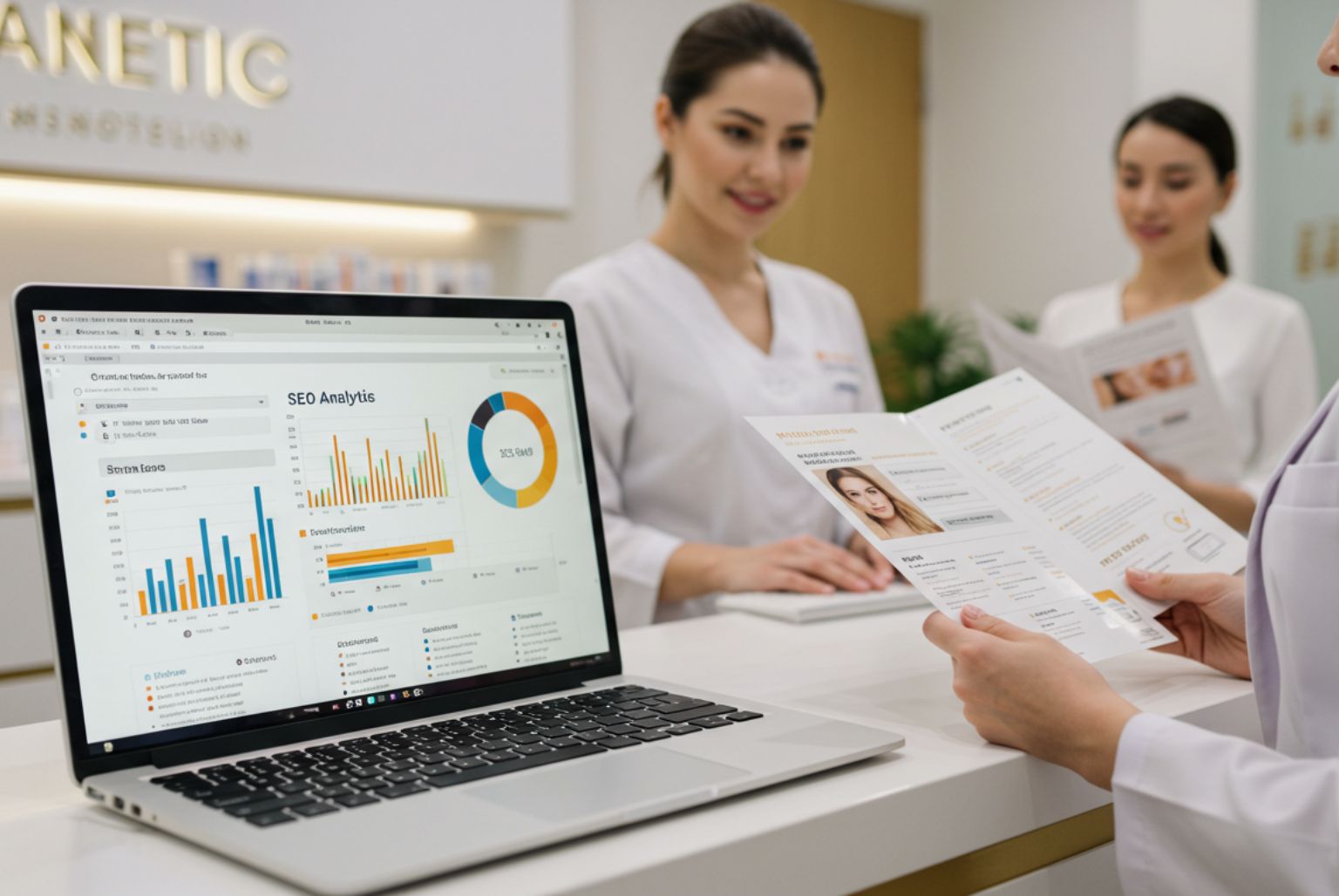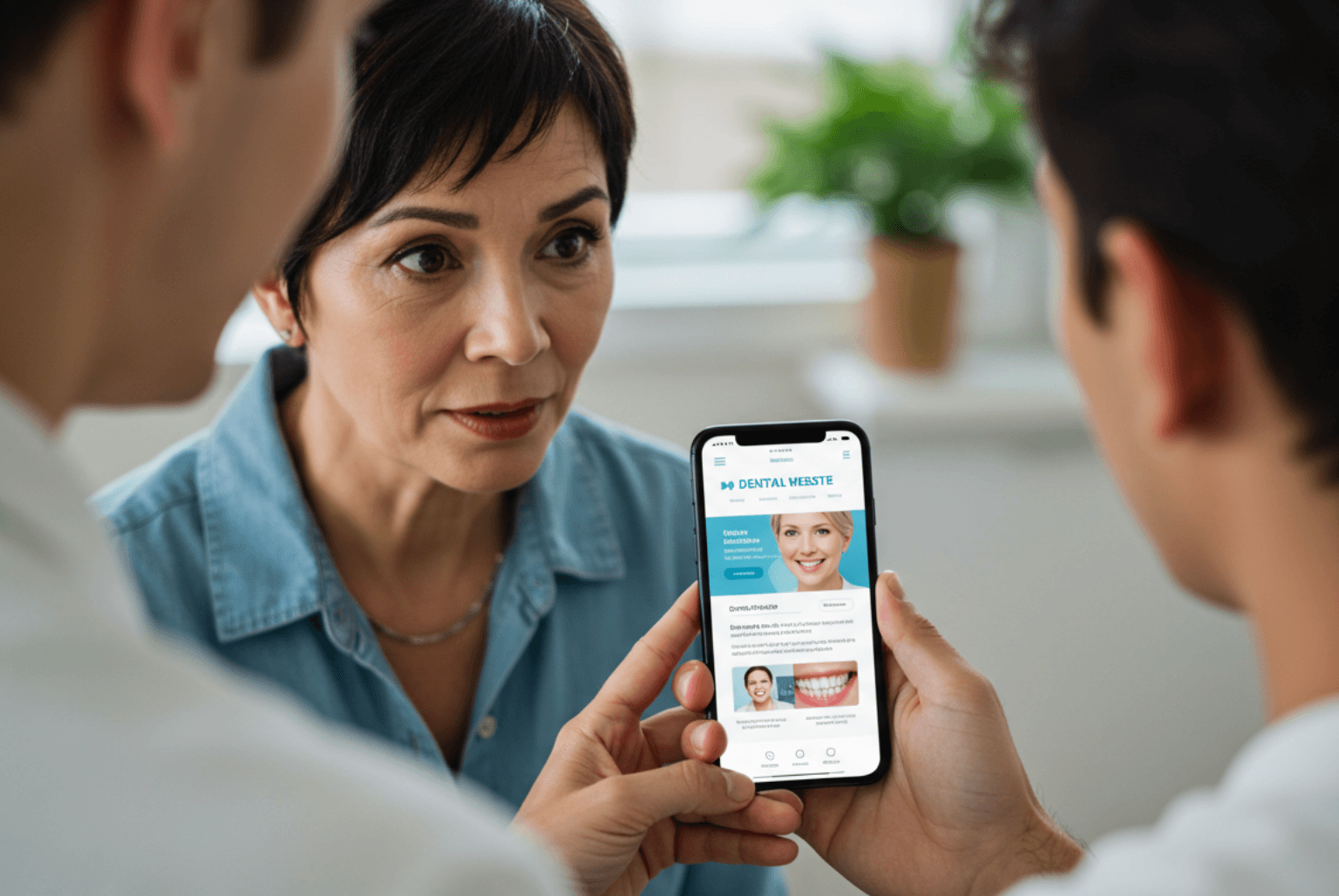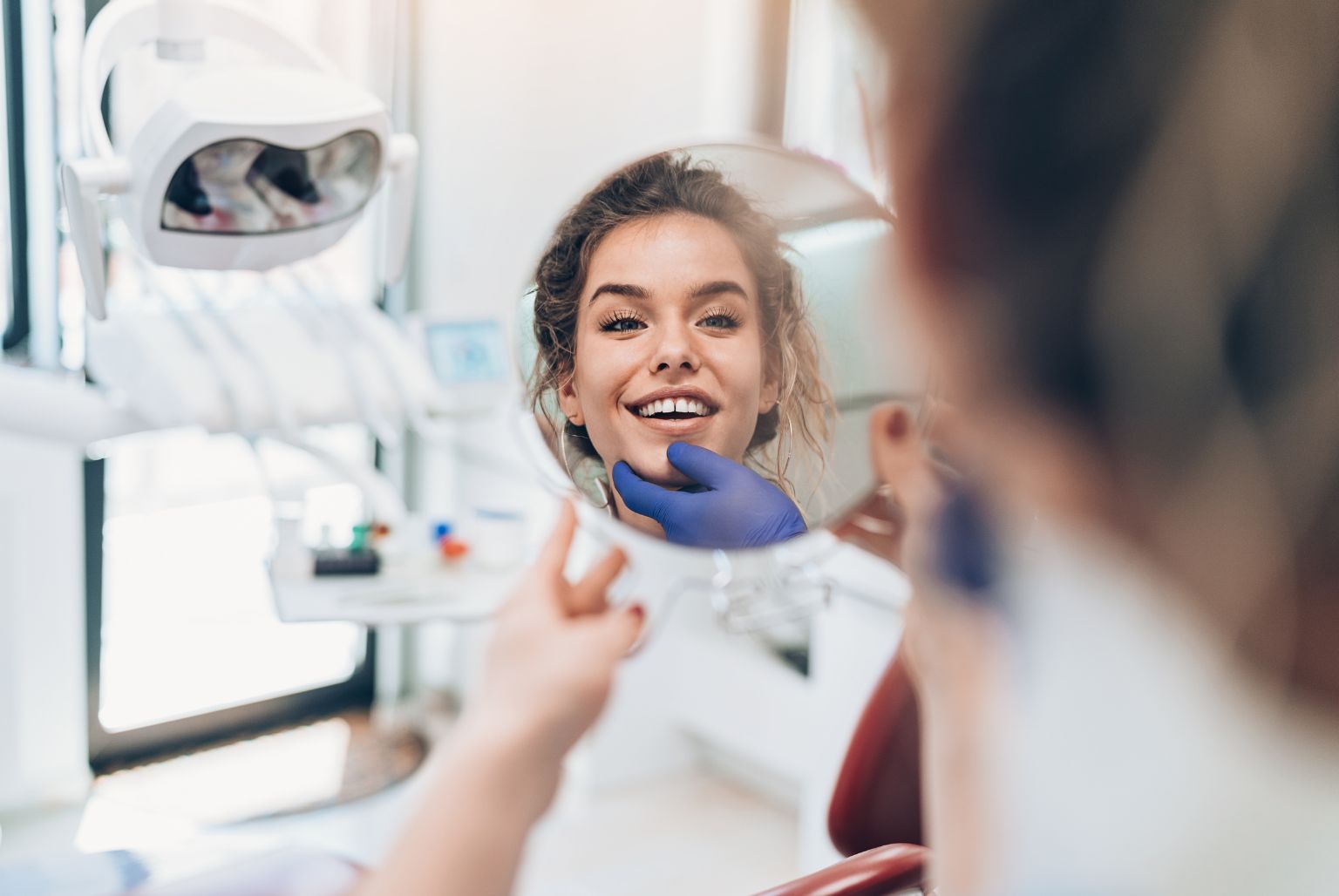In the middle of February 2016, Google confirmed that it will no longer show ads in the right sidebar on search results. Instead, ads will only appear at the top and/or bottom of the page, although we may begin to see four ads above the organic results for what Google refers to as ‘highly commercial’ services where there is a clear intent to purchase, such as car insurance or hotel searches in major cities.
For some people, the disappearance of ads in the right sidebar came as a shock, but Google has been tinkering with this on and off since 2010 when they initially dropped side ads on mortgage queries.
After six years of testing, the end to ads in the right sidebar has been rolled out worldwide, with two exceptions:
- Product Listing Ads (PLA)
- Ads in the Knowledge Panel
PLAs are those small ads you might see at the top of Google when you’re searching for a product like teeth whitening (see below). Google has recently been experimenting with making PLAs expandable, so you can see up to 16 products relevant to your search on the right-hand side of the screen where the sidebar used to be.
Why has Google ended ads in the right sidebar?
Google has made no secret of the fact that it is trying to give users a more consistent search experience, regardless of what device they’re using to search. Getting rid of the ads in the right sidebar means that the mobile and desktop search experiences have come closer together.
How will the end of ads in the right sidebar affect advertisers and the cost per click (CPC)?
At the moment, we don’t have definitive answers to this. What we know is that there will now be three to four paid-for ads at the top of a search results page and three paid-for ads at the bottom of the page.
The chances are that, for advertisers at the top of the page, particularly those with PLAs, clickthrough rates should increase without the distraction of ads in the sidebar. On a normal screen resolution, all the ads will be above the fold, which also encourages good clickthroughs. However, these factors could make for some seriously aggressive bidding, especially for the most competitive keywords.
Competition for ad spaces will be fiercer as we move from 11 ads per page to a maximum of seven. If competition does become fiercer, the CPC could potentially increase. Early commentators have seen a slight increase in CPC for mobile bids since the enhanced PLA campaigns have rolled out and are predicting an upturn in costs in the second and third quarters of this year. However, no significant changes to most CPCs have been noticed yet.
The question is, will people click on the bottom ads and will advertisers want to pay as much for a bottom position as they did for a position on the right-hand side of the screen? This might drive CPC down.
How will this affect organic SEO?
On searches where there are four ads at the top of the page, the organic results will essentially get pushed a position lower on the screen, which may reduce your immediate visibility. This means businesses may fight more fiercely for their organic SEO rankings. While some articles have made dramatic statements about this being ‘the beginning of the end of organic SEO’, we disagree.
We think it is important to continue to devote time and energy to your SEO efforts so that you don’t let your clinic get pushed lower in searches. Your focus should be on how you can encourage clickthroughs with well-written metadata and by using Schema markup to help Google index key elements on each web page. You might find our recent article about organic SEO helpful to understand more about what you can do.
A strategic approach
It’s fair to say that anyone who uses AdWords will be affected to some extent by these changes. Here at Cosmetic Digital, we’re doing as much research as possible and using all the information at our disposal as a Google Certified Partner.
We don’t think anyone should panic. Getting the most out of Google AdWords has always required a strategic approach and that won’t change. The addition of a fourth ad at the top of Google for some searches means there may be more opportunities to place ads in premium positions. Also, figures have always shown that most clicks on ads come from being in positions one to three above organic searches, rather than from ads in the sidebar.
With competition for keywords for paid ads only likely to increase in the future, now is a good time to venture into Google AdWords to secure your presence before your competitors. By doubling up and having a presence in paid and organic listings, you can also help build your reputation.
If you would like some advice about running a Google AdWords campaign or would like our support as a Google Certified Partner, give us a call at Cosmetic Digital at 0115 9140 640.




